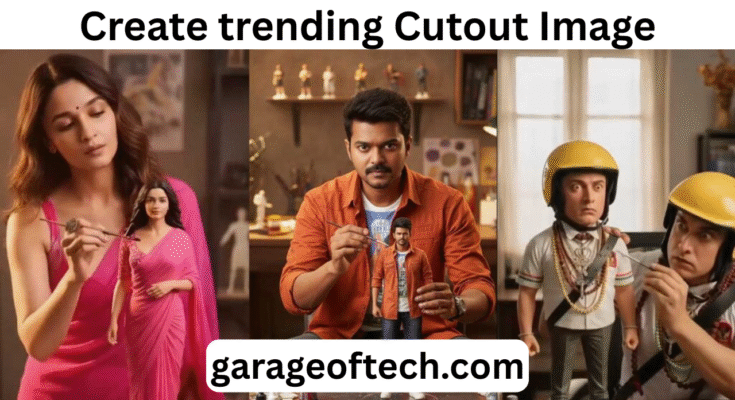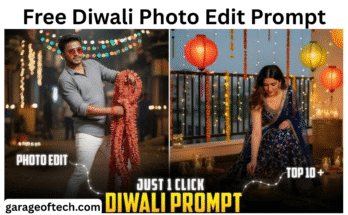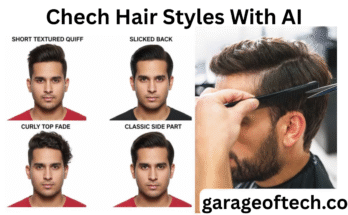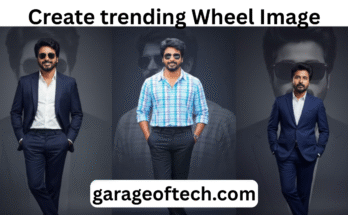Hyper-realistic 3D video is no longer just a technical showcase; it has become a necessity for advertisers, creators, and brands who want to capture attention in a crowded digital space. Today’s tools, such as Gemini and Pixverse, allow creators to move past “synthetic-looking renders” and toward imagery that feels indistinguishable from real photography. Achieving this level of realism, however, is not accidental — it requires careful planning, storytelling, and control over both artistic and technical elements. Below is a detailed framework for creating such content with commercial impact.
A Brief That Marries Story and Surface
The foundation of every realistic 3D video lies in its creative brief. This brief should not only describe the visual scene but also explain the narrative and emotion behind it. For example, if the final render is meant for a premium advertising slot, the brief should specify:
- The emotional tone of the scene (playful, dramatic, nostalgic).
- The time of day, which defines how light interacts with surfaces.
- Commercial priorities, such as logo placement or safe zones for ad overlays.
When intent is explicit, Gemini and Pixverse are able to align technical outputs with storytelling goals. This connection ensures that visuals are not just realistic but also relatable, leading to improved ad performance and stronger viewer engagement.
Reference Photos That Teach Light Behavior
One of the key elements of realism is light behavior. Collecting reference photographs is not about aesthetics alone but about training the system to understand physical light interactions.
- Use high-dynamic-range photos that capture rim highlights, micro-scratches, and translucency.
- Collect multiple shots of the same material at different angles and under varying intensities.
These references teach Gemini and Pixverse how real-world surfaces behave across scales. When done correctly, the resulting render achieves micro-reflectance that holds up even when magnified for large-format advertising.
Semantic Masks: Assigning Jobs to Surfaces
Hyper-realism requires surfaces to behave differently. A semantic mask breaks the 3D model into zones such as skin, fabric, metal, or painted plastic. Each zone is then given its own material rules.
- Skin zones can reflect softness, pores, and sub-surface scattering.
- Metal zones can highlight scratches, tarnish, or polish.
- Fabric zones can show woven detail, fraying, or dust buildup.
By treating surfaces independently, Pixverse prevents modal blending, which often creates a “blurred plastic” look in amateur renders. The result is microscopic detail that remains sharp and believable even under magnification.
Demand Multi-Channel Truth from the Start
To build depth into your 3D image, request multi-channel outputs from Gemini:
- Height maps for surface depth.
- Roughness maps for how light diffuses.
- Specular maps for highlight sharpness.
- Curvature and transmission maps for edge behavior and transparency.
Feeding these into Pixverse allows the creator to fine-tune micro-shadowing, specular bursts, and other tiny details. This is the difference between a “plausible” surface and one that feels convincing, tactile, and monetizable.
Calibrate Optics Instead of Relying on Defaults
Most 3D creators rely on default settings for lens simulation. True realism, however, comes from calibrated optics.
- Choose focal length, aperture, and sensor response deliberately.
- Add measured lens imperfections such as chromatic aberration, field curvature, or flare.
These optical nuances mimic the imperfections of real-world photography. When applied correctly, the render feels like a photo captured by an actual camera, boosting viewer trust and improving click-through rates in advertising campaigns.
Break Patterns with Procedural Micro-Variation
Nothing in the real world is perfectly uniform. To avoid the sterile look of synthetic textures, introduce procedural noise with intention:
- Dust distribution across surfaces.
- Pigment shifts in paint.
- Wear and tear along edges or seams.
Pixverse’s distribution masks allow these irregularities to be controlled, ensuring they look purposeful rather than random. This statistical variation is what separates premium visuals from stock-like renders.
Temporal Logic Baked into Textures
Realism is not only about appearance but also about time. Materials evolve and change with use:
- Paint can dry unevenly.
- Metal develops patina.
- Fabric creases and settles.
By simulating these temporal behaviors and sampling convincing frames, you create stills and videos that reflect the way materials actually behave over time. This makes them feel authentic, even when motion is subtle.
Prioritizing Contact Shadows and Micro-Occlusion
Lighting is a critical determinant of believability. Realism depends on shadow behavior, especially in fine details:
- Bake occlusion maps for crevices and seams.
- Keep dynamic global illumination for larger light interactions.
This hybrid approach preserves crisp shadows where they matter most while keeping the overall scene responsive to lighting changes. Such careful balance ensures renders look convincing on large screens or zoomed product showcases.
Denoising with Surgical Restraint
Noise reduction is necessary but dangerous when overdone. Instead of brute smoothing, use multi-sample denoising with reliability masks.
- Preserve high-frequency detail like fabric grain or skin pores.
- Smooth only color banding or chroma noise where required.
This approach maintains sharpness and detail, directly influencing how engaging the final asset feels in visual ad placements.
Building a Delivery Family for Monetization
To maximize revenue from hyper-realistic assets, create a delivery family:
- 4K Master with full PBR maps for archival and large-format use.
- Web-Optimized Master with baked lighting for faster online deployment.
- Mobile Progressive File for smaller screens and efficient load times.
Also, design compositions that leave room for ad overlays and safe zones. By preparing assets for multiple ad inventory types, you extract higher CPC and ensure consistent quality across placements.Legal and Licensing as Production Armor
High-value visuals attract attention not just from audiences but also from rights holders. Before monetization, secure all necessary legal protections:
- Model releases for recognizable faces.
- Permissions for trademarks or distinctive product designs.
- Documentation of texture, reference, and model sources.
Clear rights management prevents takedowns that could kill campaigns and safeguards the revenue chain. With proper licensing, every render becomes a safe, reliable investment for advertisers.
3d Image Prompt:
A hyper-realistic cinematic scene the uploaded person carefully painting his own figurine at a desk and make direct eye contact with camera. The figurine is standing on a transparent acrylic display base, but its size is larger than usual, making it appear more prominent and almost half the height of the real person. Both the person and the figurine wear the exact same outfit, matching in details. Around the desk, realistic painting tools, brushes, and hobby items are scattered, creating a creative workshop atmosphere. The figurine must look ultra-realistic with lifelike human skin tone, natural facial details, and premium PVC texture. Realistic indoor background, cinematic studio lighting, and sharp details.
3D Video Prompt
Animate this single-photo into cinematic clip while preserving the person’s face, posture, clothing and expression exactly as shown (no identity or facial changes). The person’s hand is already holding a paintbrush — animate only natural, subtle wrist and finger motions that perform gentle, deliberate brush strokes on the stationary figurine (the figurine and base must not move or wobble). Keep the torso and head essentially still with only tiny breathing/shoulder micro-movements. Add realistic lighting/ shadow shifts that follow the motion. Camera: smooth cinematic orbit slowly moving left→right combined with a subtle forward dolly toward the figurine at midpoint; keep composition and horizon stable.
Conclusion
Creating hyper-realistic 3D video is not a matter of pushing a single button — it is an orchestration of narrative intent, material science, light behavior, and optical calibration. Tools like Gemini and Pixverse provide the power, but the realism comes from how deliberately they are used. When crafted with care, these visuals don’t just look good — they perform commercially, commanding premium ad slots, higher click-through rates, and stronger consumer trust.



